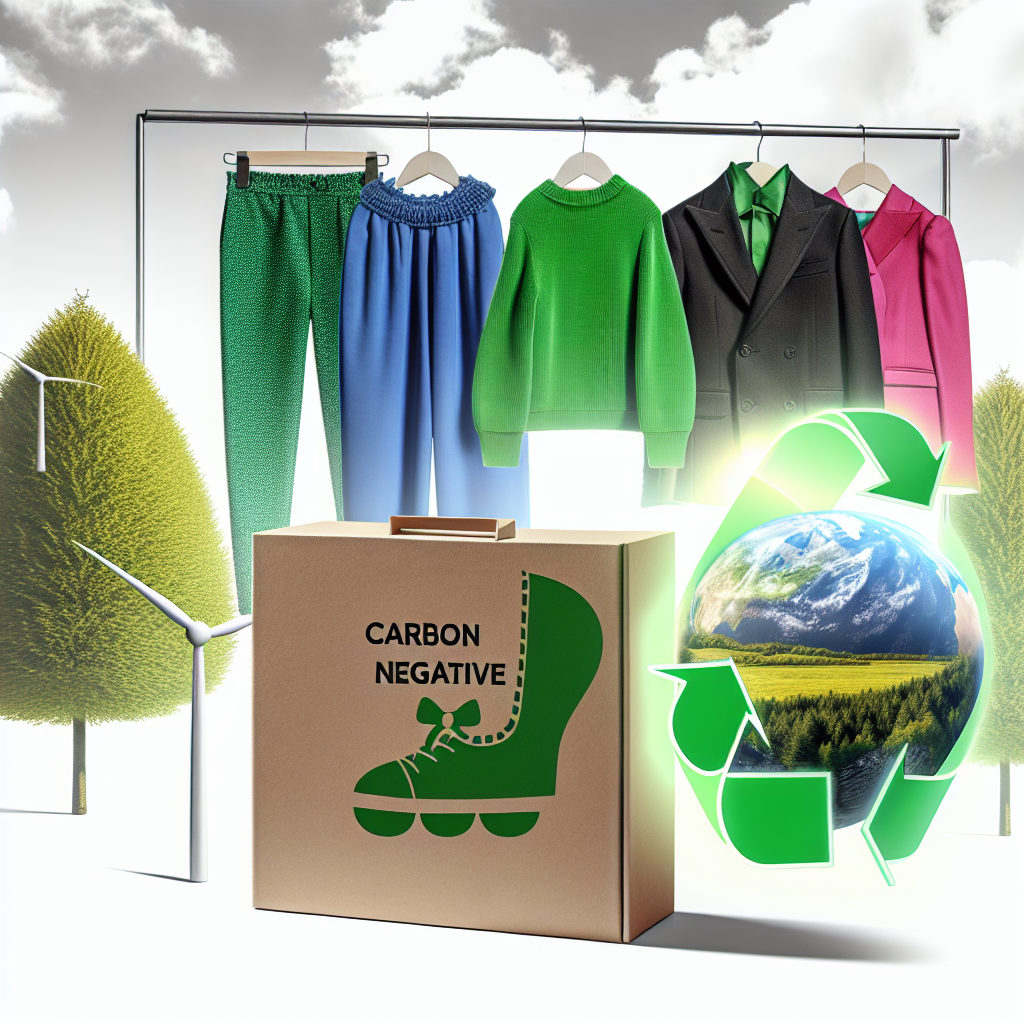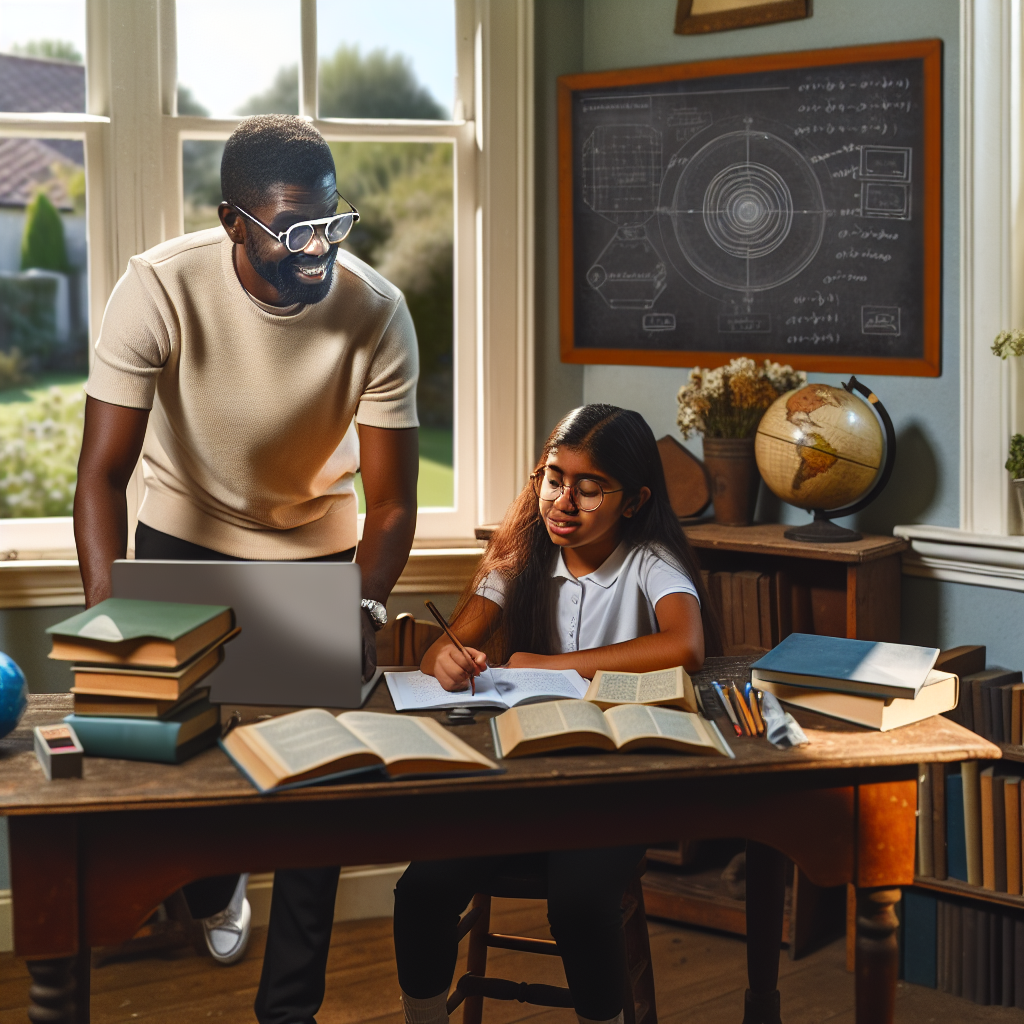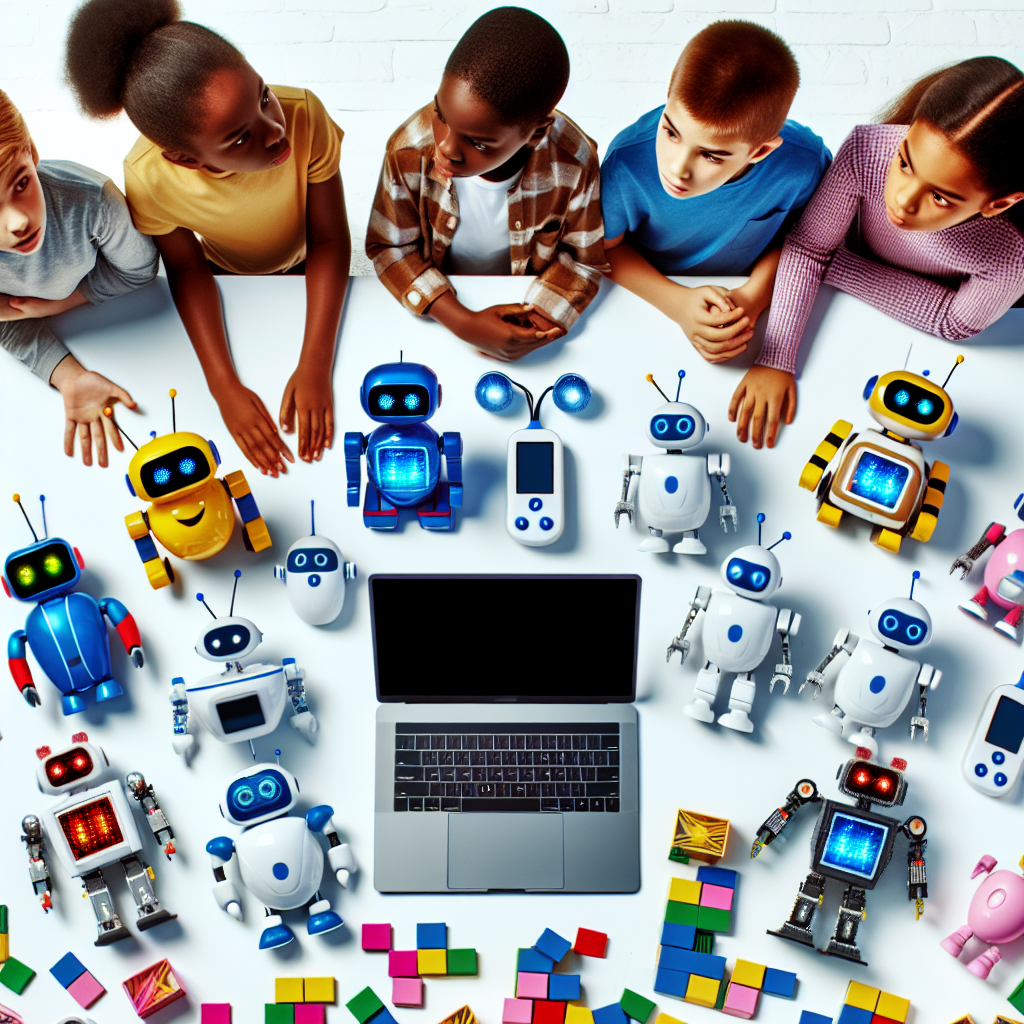The Carbon-Negative Wardrobe: How Sustainable Luxury Childrenswear Subscriptions Are Redefining Eco-Elegance
Published On:
Revolutionizing Luxury Parenting with Eco-Conscious Style
In the evolving landscape of modern parenting, sustainable luxury childrenswear is transforming how affluent families align style with values. Parents are embracing more than just designer labels — they are choosing eco-conscious clothing solutions that elevate both fashion and environmental ethics.
Children grow at an astonishing rate — with the average child outgrowing their wardrobe every three to six months. For families accustomed to investing in premium textiles and curated style, this rapid turnover often results in significant textile waste and environmental strain. In the traditional fashion model, garments hardly worn often end up contributing to the industry’s estimated 92 million tons of annual waste. Even more concerning, fashion contributes up to 10% of global carbon emissions, according to the Ellen MacArthur Foundation.
Enter the rise of luxury clothing subscription services tailored for children. These services offer a curated, seasonally appropriate wardrobe featuring organic fabrics, biodegradable dyes, and carbon-negative delivery logistics. Garments are returned, professionally sanitized, and reintroduced into circulation — extending the lifespan of high-quality apparel and reducing the demand for new production.
For luxury-minded families, this model brings the best of both worlds: aesthetic refinement and environmental stewardship. In this new age of parenting, sustainable fashion is no longer a tradeoff — it’s an upgrade.
Where Sustainability Meets Science and Sophistication
Eco-conscious childrenswear isn’t just about green marketing — it is rooted in scientific evidence and developmental benefits. These curated wardrobes often feature certified sustainable materials, such as GOTS-certified organic cotton and Tencel — both praised for their breathability, softness, and hypoallergenic properties.
A 2022 study in the Journal of Textile and Apparel Technology and Management confirms that these fibers are significantly gentler on children’s skin compared to synthetics. This is particularly vital as young children have thinner, more sensitive skin. Breathable, chemical-free fabrics help prevent irritation and allow safe, all-day comfort.
The environmental rationale is just as compelling. According to the United Nations Economic Commission for Europe’s Circular Fashion Report, fashion circularity — where garments are reused, recycled, or redistributed — can cut fashion-related carbon emissions by up to 39%. Subscription models leverage this by designing for durability and repeat use.
Beyond textiles and emissions, there’s also a developmental case. Research from the Cornell University College of Human Ecology found that children develop deeper emotional and cognitive connections through autonomy in wardrobe choices. When kids are involved in selecting personalized outfits or seasonal themes, they show greater self-expression and identity formation.
This science-backed approach aligns beautifully with the holistic values of today’s luxury parents — elevating children’s clothing from a simple necessity to a tool for optimal development and sustainable living.
Next-Gen Luxury: Transparency, Technology, and Impact
Not all sustainable fashion brands are created equal. Innovators like Petit Pli, Borobabi, and The Dopple go beyond fashion to incorporate tech-driven, measurable sustainability into their business models.
Borobabi, for example, follows a complete zero-waste closed-loop system. Their garments are not only designed for extended life cycles across multiple children, but all packaging is compostable or recyclable. They avoid harmful processes like dry cleaning and instead use environmentally friendly sanitation.
These companies also provide families with interactive dashboards showing their contributions to emissions reduction, landfill diversion, and climate-positive impact — transforming consumption into a purpose-driven activity.
Some brands incorporate blockchain provenance tracking to ensure complete transparency of fabric sourcing, labor practices, and ecological impact. Others invest in regenerative agriculture to replenish soil and reduce water usage during fiber production.
This fusion of fashion technology, transparency, and circularity redefines luxury for the modern parent. Today’s environmentally dressed child makes a quiet statement — not only about style, but about social responsibility, innovation, and a future-oriented mindset.
The Future of Children’s Fashion Is Circular and Carbon-Negative
Sustainable children’s fashion subscriptions are quickly becoming the epitome of eco-luxury, offering an ethical and elegant solution to one of parenting’s most frequent challenges: ever-changing clothing needs. Beyond the novelty of receiving designer outfits in a box, these services champion a larger movement — one that reflects a family’s commitment to reducing waste, supporting ethical suppliers, and raising climate-conscious children.
A carbon-negative wardrobe speaks volumes without saying a word. It represents a new era where children’s clothing is not discarded, but recirculated. Where organic textiles become standard, not optional. And where apparel becomes an active agent of education, innovation, and environmental healing.
By supporting brands that operate in closed-loop systems and elevate both function and form, luxury families are modeling leadership in a world that craves smarter consumption. These empowered choices lay the foundation for a next generation of conscious global citizens — stylish, aware, and equipped for a sustainable future.
References
- Ellen MacArthur Foundation
- Journal of Textile and Apparel Technology and Management
- UNECE Circular Fashion Report
- Cornell University College of Human Ecology
- Borobabi Sustainability Practices
- Petit Pli
- The Dopple

Dominic E. is a passionate filmmaker navigating the exciting intersection of art and science. By day, he delves into the complexities of the human body as a full-time medical writer, meticulously translating intricate medical concepts into accessible and engaging narratives. By night, he explores the boundless realm of cinematic storytelling, crafting narratives that evoke emotion and challenge perspectives. Film Student and Full-time Medical Writer for ContentVendor.com




